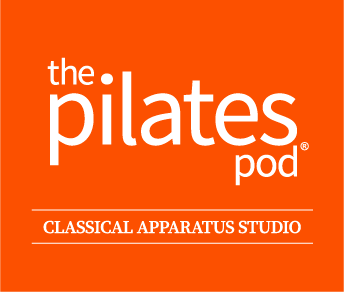
Back pain is one of the most common complaints today, and while exercise and posture are often emphasised, one of the simplest yet most overlooked tools for protecting your back is proper breathing.
Yes, just breathing the right way can help reduce pain, calm your nervous system, and strengthen your core.
Why the Diaphragm is Key to Core Stability
The diaphragm isn’t just a breathing muscle; it’s a central part of your core “cylinder”, which also includes your pelvic floor, deep abdominal muscles, and spinal stabilisers. When the diaphragm functions properly:
- It creates intra-abdominal pressure, which supports your spine during movement.
- It coordinates with your core muscles to stabilise your trunk, reducing the risk of strain.
- It helps control posture, keeping your spine aligned and reducing tension in your back.
When the diaphragm is underused or breathing is shallow (common with stress or prolonged sitting), the core muscles often become weak or disconnected, leaving your back vulnerable to pain.
How Full, Deep Breathing Relieves Pain
Deep, diaphragmatic breathing does more than oxygenate your body. It has powerful effects on the nervous system and pain perception:
- Activates the parasympathetic nervous system – This “rest and digest” response helps calm stress and reduce muscle tension that can contribute to back pain.
- Releases tightness – Proper breathing encourages the spine, ribcage, and surrounding muscles to move more freely.
- Improves circulation – Deep breaths enhance blood flow, aiding tissue recovery and reducing inflammation.
By practicing slow, full, controlled breaths, you can teach your body to relax chronic tension patterns, giving your back the relief it needs.
Breathing for Core Stability and Back Mobility
Here’s how proper breathing supports both core strength and spinal mobility:
- Engages the core: When you inhale deeply, the diaphragm descends, creating pressure that activates the deep abdominals and pelvic floor. Exhaling helps maintain tension in these muscles, supporting the spine.
- Supports movement: Coordinated breathing allows your spine to move more fluidly during bending, twisting, or lifting.
- Enhances posture: Proper diaphragm use encourages upright posture, reducing strain on back muscles.
- Facilitates spinal decompression: Deep breathing encourages subtle expansion and lengthening of the thoracic and lumbar spine, helping relieve stiffness.
How to Practice Diaphragmatic Breathing
- Lie on your back with knees bent and feet flat on the floor, or sit comfortably.
- Place one hand on your chest and one on your belly.
- Inhale slowly through your nose, letting yourself breathe low and deep, feeling your belly rise while your chest stays relatively still.
- Exhale fully through your mouth (or nose if you can!), feeling your belly fall.
- Repeat for 5–10 minutes daily, focusing on relaxed, smooth breaths.
Once comfortable, you can combine proper breathing with a Pilates practice, that will further improve your control over your breath, whilst also building you a strong internal foundation of core support.
💡Top Tip
Many people, especially women and those who spend a lot of time in the gym, are used to holding their stomachs in all day.
But to breathe properly, you must allow your abdomen to relax and gently expand as you inhale.
If you keep your abs tight, your diaphragm can’t move freely, and your breath stays shallow in your chest.
It might feel strange at first to let your belly soften and “swell,” but this is essential for activating your deep core and improving back health.
Think of it as strength through softness; your core works best when it can both engage and release.
🎥Need a Little Guidance?
If you’d like to see this breathing technique in action, watch our short, gentle video:
